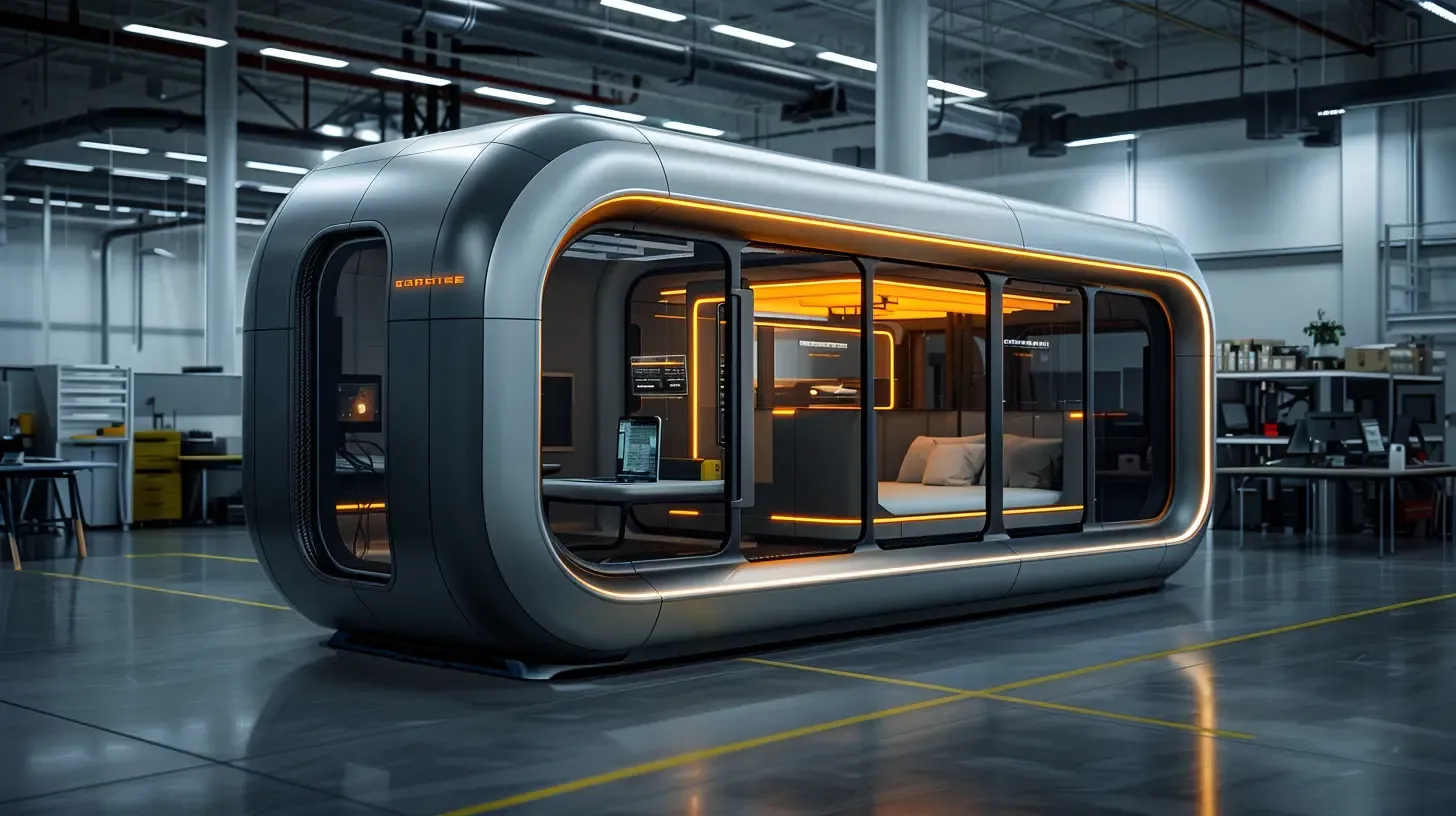23 February 2024
3D Printing Unlocks New Horizons in Modern and Future Applications.

Press the play button in the top right corner to listen to the article
The landscape of manufacturing, design, and prototyping has been revolutionized by the advent of 3D printing technology, paving the way for innovations that were once deemed impossible. This transformative method of creating three-dimensional objects from digital files has found applications across a wide array of industries, demonstrating not only its versatility in current scenarios but also its potential to shape future developments.
Today, 3D printing, also known as additive manufacturing, is employed in sectors as diverse as healthcare, aerospace, automotive, and consumer goods. In healthcare, it offers groundbreaking applications in the production of custom prosthetics, dental devices, and even bioprinting of tissues and organs, promising personalized treatment options and reduced waiting times for transplants. The aerospace and automotive industries benefit from the technology's ability to produce lighter, stronger components, leading to more fuel-efficient vehicles and aircraft. Additionally, in the consumer goods sector, 3D printing enables the customization of products, from personalized footwear to unique home decor items, catering to the growing demand for bespoke products.
Looking ahead, the future of 3D printing holds even more promising prospects. Advancements in materials science are expected to broaden the range of printable materials, thereby expanding the technology's applications. For instance, the development of new metal and composite materials could lead to stronger and more resilient structures, potentially revolutionizing the construction industry with the ability to print entire buildings or intricate components that are currently challenging to manufacture.
Moreover, the integration of artificial intelligence (AI) with 3D printing is anticipated to further enhance the efficiency and capabilities of this technology. AI could optimize printing processes, reduce material waste, and even predict the performance of printed objects under various conditions, leading to more sustainable manufacturing practices and innovative product designs.
In the realm of space exploration, 3D printing presents the tantalizing possibility of building habitats on other planets using local materials, a concept known as in-situ resource utilization (ISRU). This approach could significantly reduce the costs and logistical challenges associated with space colonization, making the dream of establishing human settlements on Mars or the Moon increasingly feasible.
The journey of 3D printing from a niche technology to a mainstream manufacturing method exemplifies the rapid pace of technological progress. As it continues to evolve, it promises to unlock new horizons in both our daily lives and ambitious future endeavors. The ongoing research and development in this field are not just about refining what we can print, but reimagining what we can achieve, making 3D printing a key player in the technological advancements of the 21st century.
The content, including articles, medical topics, and photographs, has been created exclusively using artificial intelligence (AI). While efforts are made for accuracy and relevance, we do not guarantee the completeness, timeliness, or validity of the content and assume no responsibility for any inaccuracies or omissions. Use of the content is at the user's own risk and is intended exclusively for informational purposes.
#botnews















































































